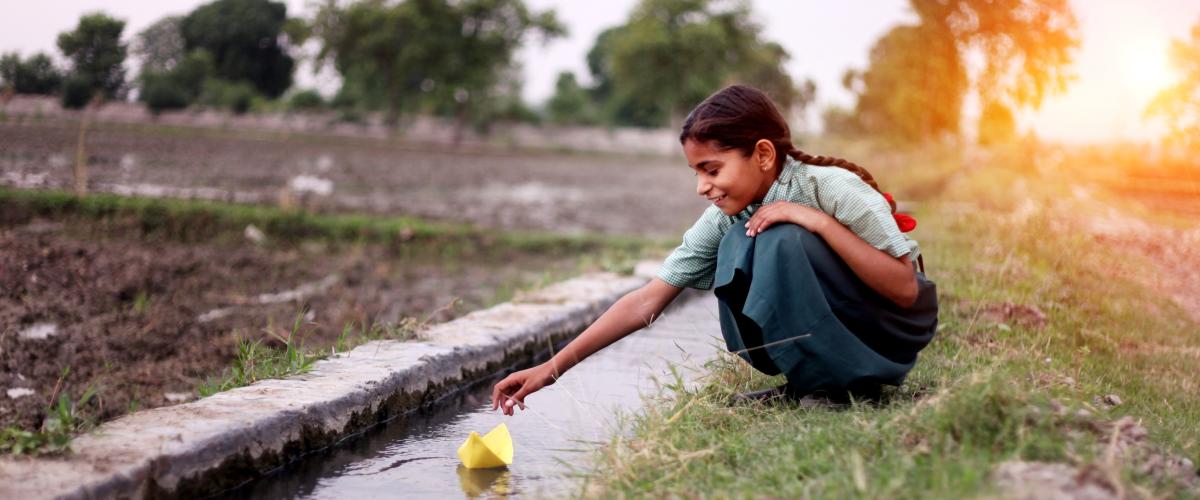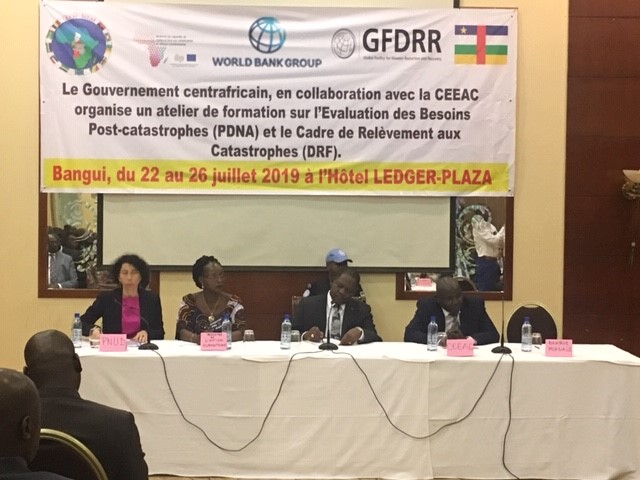
News
At COP24, the High-Level Consultative Group (HLCG) of the InsuResilience Global Partnership agreed to work on a bold vision for the Partnership to scale up pre-arranged finance to assist poor and vulnerable people affected by climate change.
With developing countries the hardest hit by disasters, a new competitive challenge fund is being launched today to help developing countries design and implement ground-breaking solutions to overcome problems they face assessing disaster risks.
A new website assesses the risk of states, cities and countries for a variety of natural disasters .
Organised by the 100 Resilient Cities network, a four-day meeting of urban experts in New York starting on July 24 will look at ways to cope with challenges including extreme weather and migration.
[De L'Agora, quotidien independant d'information et d'analyse de la République centrafricaine]

Le gouvernement centrafricain en collaboration avec la CEEAC organise à Bangui un atelier de formation sur l'évaluation des besoins post-catastrophes (PDNA) et le cadre de relèvement aux catastrophes (DRF) à l'hotel Ledger-Plaza du 22 au 26 juillet 2019. La cérémonie d'ouverture de cet atelier de formation a été présidée hier par le Premier Ministre, Chef du gouvernement Firmin NGREBADA, assisté du Ministre de l'Action Humanitaire avec les représentants des organisations telles que: Programme des Nations Unies pour le développement, de la Banque Mondiale et de celui de la CEEAC.
The world’s biggest climatic weather phenomenon is easier to predict than many calamities. But it shows the importance of preparing for other disasters, too.
Delegates from the Pacific region came together today to officially launch the Pacific Resilience Program (PREP) – a series of projects to strengthen Pacific Island countries’ resilience to natural disasters and climate change.
"Cities and countries can do a lot to fight against the water. And in the last ten, fifteen years, much progress has been made," says GFDRR's Mathijs van Ledden. [Dutch]
When countries rebuild stronger, faster and more inclusively after natural disasters they can reduce the impact on people’s livelihoods and well-being by as much as 31 percent, potentially cutting global average losses from $555 billion to $382 billion per year.
Major international partnerships under the Lima to Paris Action Agenda (LPAA) are mobilising funds to protect people who are the most vulnerable from climate impacts. - See more at: http://archive.dhakatribune.com/environment/2015/dec/03/lpaa-partners-m…
